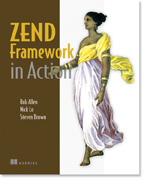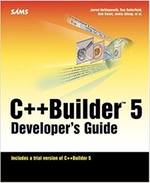Making Slack accessible on macOS
I've written before about how I tend to use my Mac via the keyboard as much as possible to minimise pain in my arm. Possibly the best application on macOS to facilitate this is Shortcat which enables me to point and click at any UI element in any native Mac app. I rely on it a lot and it makes nearly every app I use accessible to me. Recently, Slack updated their desktop app so… continue reading.


